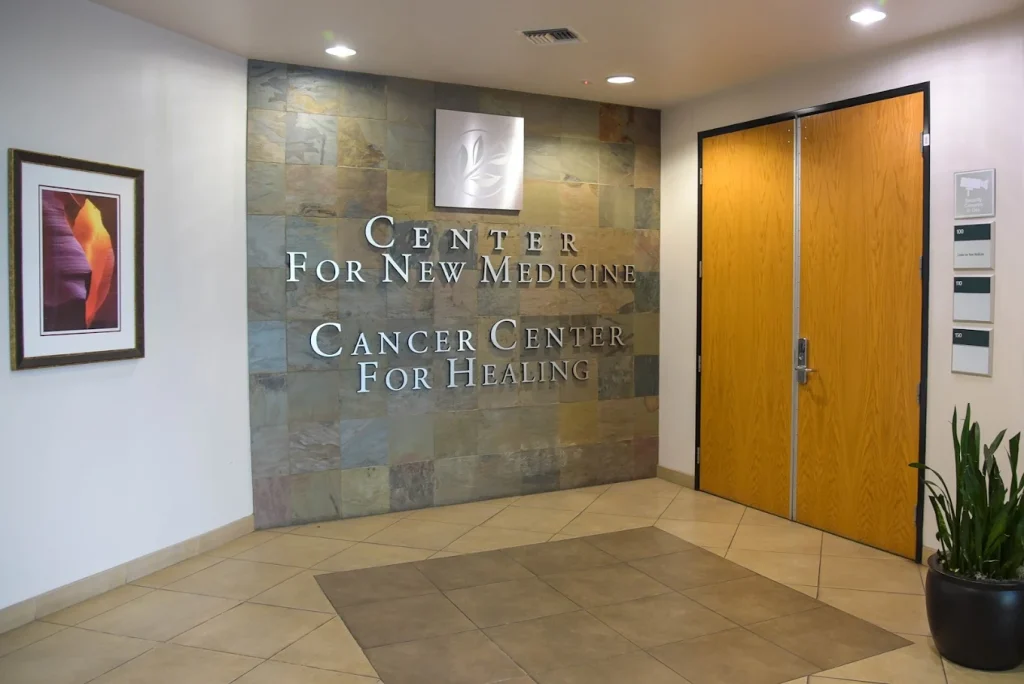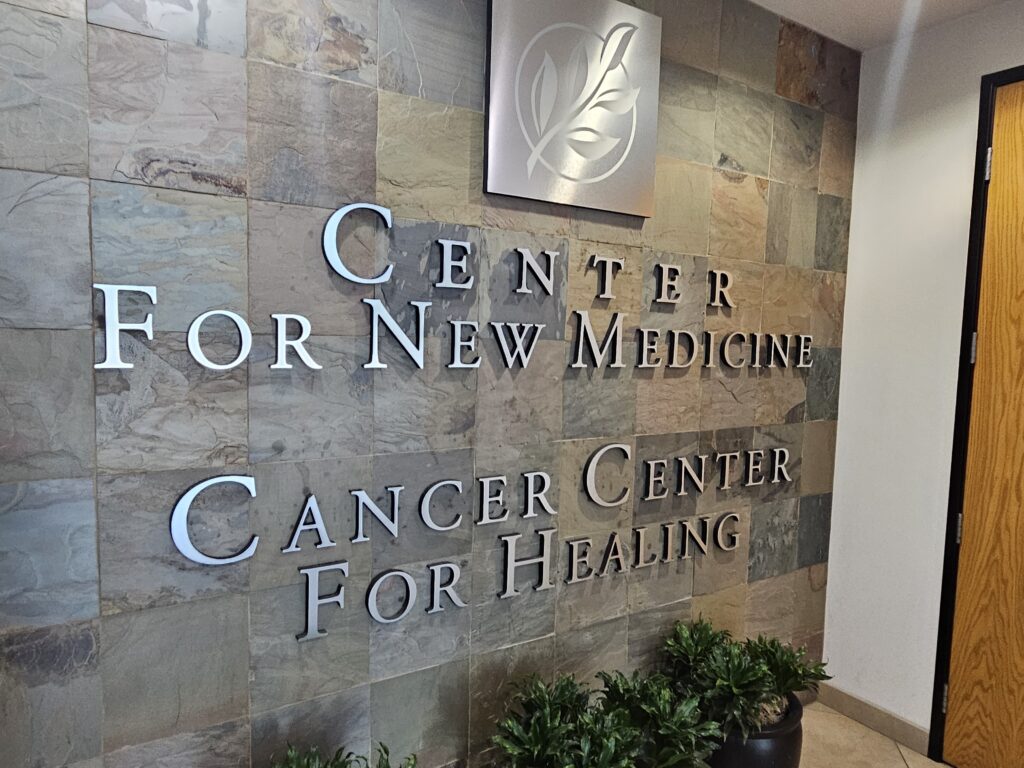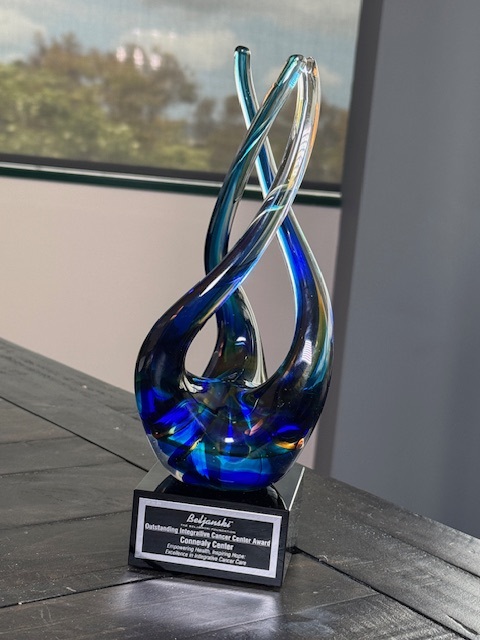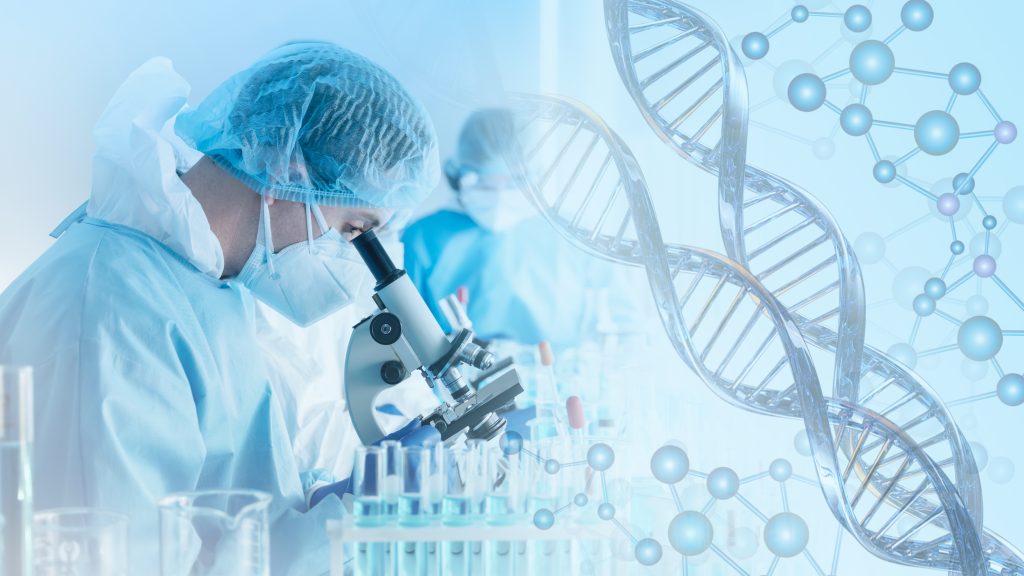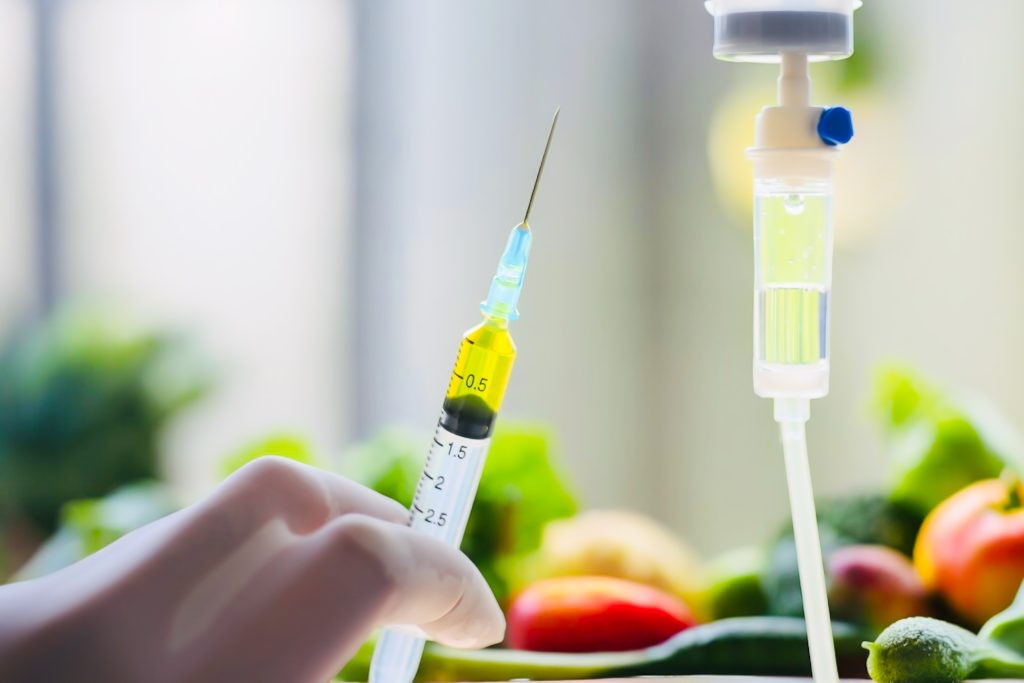Leukemia is a type of cancer that affects the blood and bone marrow, leading to abnormal production of white blood cells. Early detection is crucial to ensure prompt treatment and management of the disease. Pinpoint red dots on the skin, also known as petechiae, can be a potential symptom of leukemia.
It is important to understand other warning signs of leukemia, such as fatigue, frequent infections, bone pain, swollen lymph nodes, and unexplained weight loss. If any of these symptoms are present, it is essential to consult a healthcare professional for proper medical evaluation and testing.
Key Takeaways:
- Leukemia is a type of cancer that affects the blood and bone marrow.
- Pinpoint red dots on the skin can be a potential symptom of leukemia.
- Other warning signs of leukemia include fatigue, frequent infections, bone pain, swollen lymph nodes, and unexplained weight loss.
- Early detection and prompt treatment are crucial in managing leukemia.
Understanding Leukemia: Types and Causes
Leukemia is a type of cancer that affects the blood and bone marrow, causing the body to produce abnormal white blood cells. These cells do not function properly, leading to a weakened immune system and a range of health complications. There are four main types of leukemia: acute lymphoblastic leukemia (ALL), chronic lymphocytic leukemia (CLL), acute myelogenous leukemia (AML), and chronic myelogenous leukemia (CML).
ALL and AML are classified as acute leukemia, meaning they progress quickly and aggressively. CLL and CML are classified as chronic leukemia, meaning they progress more slowly and may not require immediate treatment. Leukemia can affect people of all ages, although it is more commonly diagnosed in adults over the age of 55.
The exact causes of leukemia are not fully understood. However, certain risk factors have been identified, including exposure to radiation or chemicals, a family history of leukemia, certain genetic abnormalities, and previous treatment with chemotherapy or radiation therapy.
Pinpoint Red Dots on Skin: A Potential Symptom of Leukemia
Pinpoint red dots on the skin, also known as petechiae, can be a potential symptom of leukemia. These red dots are caused by bleeding under the skin due to low platelet count, which can be a result of abnormal white blood cells in the bone marrow. In addition to petechiae, other possible skin symptoms associated with leukemia include paleness, bruising, and rash.
| Common Symptoms of Leukemia |
|---|
| Fatigue |
| Frequent infections |
| Bone pain |
| Swollen lymph nodes |
| Unexplained weight loss |
If any of these symptoms are present, it is important to seek medical evaluation. Leukemia is diagnosed through a physical examination, blood tests, bone marrow biopsy, and imaging tests. Early detection and prompt treatment can significantly improve the chances of successful leukemia management.
Pinpoint Red Dots on Skin: A Potential Symptom of Leukemia
“Petechiae are small pinpoint red or purple spots on the skin that occur when blood vessels bleed into the skin. They can be a sign of a number of different conditions, including leukemia. If you notice petechiae on your skin, it is important to consult with your healthcare provider to determine the underlying cause.”
Recognizing Other Leukemia Symptoms
In addition to pinpoint red dots on the skin, leukemia can cause a range of other symptoms. These symptoms may vary depending on the type of leukemia, but may include:
- Fatigue or weakness
- Frequent infections
- Bone pain or tenderness
- Swollen lymph nodes
- Bruising or bleeding easily
- Unexplained weight loss
If experiencing any of these symptoms, it is essential to schedule an evaluation with a healthcare professional. Early detection and prompt treatment can greatly improve the chances of successful outcomes.
Diagnosing Leukemia: Medical Evaluation and Testing
Diagnosing leukemia involves a thorough medical evaluation and testing. A physical examination, blood tests, bone marrow biopsy, and imaging tests may all be conducted to confirm the presence of leukemia. It is important to consult with a healthcare professional if any potential symptoms, such as pinpoint red dots on the skin, are present.
During a physical examination, a healthcare provider will look for signs of potential leukemia, including swollen lymph nodes, paleness, and other possible symptoms. Blood tests will be conducted to evaluate the number of blood cells and identify any abnormalities. A bone marrow biopsy may be needed to confirm the diagnosis and determine the specific type of leukemia.
Imaging tests, such as CT scans, MRIs, and X-rays, may also be used to evaluate the extent of leukemia and identify any areas of concern.
Prompt diagnosis and early intervention are crucial for the effective treatment of leukemia. Timely medical evaluation and testing can help to ensure proper diagnosis and personalized treatment plans that may involve conventional therapies and/or integrative approaches.
Holistic Approaches to Leukemia Treatment
The Cancer Center for Healing, located in Irvine, CA, is a leading institution in providing comprehensive treatment modalities for cancer, including leukemia. Led by the expertise of Dr. Leigh Erin Connealy, the center takes a holistic approach to cancer care, focusing on addressing the root causes of the disease while supporting the body’s natural healing mechanisms.
The Cancer Center for Healing offers a variety of holistic treatment modalities for leukemia, which may include:
| Treatment Modality | Description |
|---|---|
| Nutritional Therapy | Customized nutritional plans to support overall wellness and optimize the body’s ability to fight cancer. |
| Acupuncture | An ancient Chinese practice that involves the use of thin needles to stimulate specific points in the body, promoting natural healing and alleviating symptoms associated with chemotherapy and radiation therapy. |
| Mind-Body Techniques | Various stress-reducing techniques such as meditation, mindfulness, and yoga, to improve overall well-being and reduce stress levels, which have been linked to better cancer outcomes. |
| Naturopathic Medicine | A form of alternative medicine that combines modern scientific knowledge with natural healing methods, such as herbal remedies, to support the body’s natural healing mechanisms. |
Integrative therapies can play a crucial role in managing side effects, improving overall well-being, and enhancing the effectiveness of conventional treatments for leukemia. Therefore, the Cancer Center for Healing offers a truly personalized and comprehensive approach to cancer care that seeks to optimize treatment outcomes while minimizing the impact on the body.
Comprehensive Cancer Care at the Cancer Center for Healing
The Cancer Center for Healing, located in Irvine, CA, offers comprehensive cancer care for individuals seeking a holistic approach to cancer treatment. Led by Dr. Leigh Erin Connealy, the center’s team of experts is dedicated to providing individualized treatment plans that focus on addressing the root causes of cancer while supporting the body’s natural healing mechanisms.
At the Cancer Center for Healing, individuals with leukemia can benefit from state-of-the-art diagnostic tools, advanced treatment options, and a wide range of integrative therapies aimed at enhancing conventional treatments and improving overall well-being. The center’s commitment to personalized care and patient empowerment has earned it a reputation as one of the leading cancer centers in the nation.
Treatment Options for Leukemia
Leukemia treatment typically involves a combination of different approaches. The specific treatment plan will depend on various factors, such as the type and stage of leukemia, as well as the patient’s age and overall health status. Some of the main treatment options for leukemia are:
| Chemotherapy | This treatment method involves the use of drugs to kill cancer cells. Chemotherapy may be given orally, injected intravenously, or infused directly into the cerebrospinal fluid. |
|---|---|
| Radiation therapy | High-energy radiation beams are used to destroy cancer cells. This treatment may be used alone or in conjunction with chemotherapy. |
| Targeted therapy | Drugs are used to target specific proteins or genes that contribute to cancer growth. This type of therapy may have fewer side effects than chemotherapy. |
| Immunotherapy | This treatment involves stimulating the patient’s immune system to attack cancer cells. Immunotherapy may be used to treat certain types of leukemia, such as chronic lymphocytic leukemia (CLL). |
It’s important to note that while these treatments can be effective, they may also cause side effects such as fatigue, nausea, hair loss, and increased susceptibility to infections. Patients should discuss these potential side effects with their healthcare provider and monitor their symptoms closely throughout treatment.
Integrative Therapies to Support Leukemia Treatment
While conventional treatments such as chemotherapy and radiation therapy are the mainstays of leukemia management, integrative therapies can play a valuable role in supporting overall health and well-being. These complementary approaches aim to reduce side effects and improve the effectiveness of conventional treatments.
Nutritional therapy: A diet rich in vitamins, minerals, and antioxidants can support the immune system and help manage symptoms such as fatigue and nausea. A registered dietitian can provide customized nutrition plans.
Acupuncture: This traditional Chinese medicine technique involves the insertion of thin needles into specific points in the body to alleviate pain, reduce stress, and promote relaxation.
Mind-body techniques: Practices such as meditation, yoga, and guided imagery can help manage stress and promote a sense of calm and well-being.
Naturopathic medicine: This approach emphasizes the use of natural remedies such as herbs, supplements, and homeopathy to support the body’s healing processes.
It’s important to note that integrative therapies should be used in conjunction with, not as a substitute for, conventional treatments. Consult with a healthcare provider before trying any new therapies or supplements.
Promoting Wellness and Prevention Strategies
While it’s not always possible to prevent leukemia, there are steps you can take to help promote overall wellness. By focusing on healthy habits, you can help reduce your risk factors and improve your overall health.
- Eat a balanced diet: including plenty of fruits, vegetables, lean protein, and whole grains can help you maintain a healthy weight and provide essential nutrients.
- Exercise regularly: aim for at least 30 minutes of moderate exercise most days of the week to help improve heart health and boost your immune system.
- Manage stress: try stress-reduction techniques such as yoga, meditation, or deep breathing exercises to help manage stress and improve overall well-being.
- Avoid exposure to environmental toxins: limit your exposure to chemicals and toxins such as pesticides, tobacco smoke, and other pollutants.
If you have a family history of leukemia or other types of cancer, talk to your healthcare provider about your risks and any preventive measures you can take.
Seeking Consultation at the Cancer Center for Healing
If you or a loved one is experiencing any potential symptoms of leukemia, seeking timely medical evaluation and consultation is crucial. The Cancer Center for Healing, located in Irvine, CA, offers comprehensive cancer care and expertise in treating all types of cancer, including leukemia.
Under the leadership of Dr. Leigh Erin Connealy, the Cancer Center for Healing uses a holistic and personalized approach to cancer care, focusing on addressing the root causes of illness while supporting the body’s natural healing mechanisms. Dr. Connealy and her team offer a full range of treatment modalities, including conventional therapies and integrative approaches.
If you would like to schedule a consultation at the Cancer Center for Healing, please call (949) 680-1880 or visit their website to learn more.
Staying Hopeful: The Importance of Support and Education
Receiving a leukemia diagnosis can be overwhelming and emotional. It is important to seek support and education to help navigate the journey ahead. Support groups, educational resources, and online communities can provide a sense of belonging and comfort during difficult times.
The Cancer Center for Healing offers a comprehensive approach to cancer care, including holistic and integrative therapies to support the body’s natural healing mechanisms. Dr. Leigh Erin Connealy and her team are committed to providing personalized treatment plans to meet individual needs.
Despite the challenges that come with a leukemia diagnosis, staying hopeful is crucial. Hope can help individuals remain positive and motivated throughout treatment. The power of hope should not be underestimated in the journey towards healing.
Conclusion
In conclusion, pinpoint red dots on the skin, also known as petechiae, can be a potential symptom of leukemia. It is essential to understand the warning signs and seek prompt medical evaluation to ensure early detection and proper treatment. The Cancer Center for Healing in Irvine, CA, offers a comprehensive approach to cancer care, including leukemia, and prioritizes personalized treatment plans. Readers are encouraged to seek expert care and take proactive steps towards their health, including promoting wellness and prevention strategies. Support and education are also crucial for individuals with leukemia and their loved ones, with various resources available to connect and share experiences. Staying hopeful throughout the journey of leukemia treatment is essential, and the power of hope should not be underestimated.
FAQ
Q: What are pinpoint red dots on the skin?
A: Pinpoint red dots, also known as petechiae, are tiny red spots that appear on the skin as a result of bleeding under the skin’s surface.
Q: Can pinpoint red dots on the skin be a symptom of leukemia?
A: Yes, pinpoint red dots on the skin can be a potential symptom of leukemia. These red dots, also known as petechiae, are caused by low platelet count, which is a common characteristic of leukemia.
Q: What other skin symptoms can be associated with leukemia?
A: In addition to pinpoint red dots, leukemia can also manifest as paleness, bruising, and rash on the skin.
Q: What are other common symptoms of leukemia?
A: Other common symptoms of leukemia include fatigue, frequent infections, bone pain, swollen lymph nodes, and unexplained weight loss.
Q: How is leukemia diagnosed?
A: Leukemia is diagnosed through medical evaluation and testing, which may involve a physical examination, blood tests, bone marrow biopsy, and imaging tests.
Q: What treatment options are available for leukemia?
A: Treatment options for leukemia include chemotherapy, radiation therapy, targeted therapy, and immunotherapy. The specific treatment plan will depend on various factors such as the type and stage of leukemia.
Q: Are there holistic treatment modalities available for leukemia?
A: Yes, holistic treatment modalities, including nutritional therapy, acupuncture, mind-body techniques, and naturopathic medicine, can be supportive in conjunction with conventional treatments for leukemia.
Q: What are some wellness and prevention strategies for leukemia?
A: Promoting a healthy lifestyle, maintaining a balanced diet, exercising regularly, managing stress, and avoiding exposure to environmental toxins are some wellness and prevention strategies for leukemia.
Q: How can I schedule a consultation at the Cancer Center for Healing?
A: To schedule a consultation at the Cancer Center for Healing, please call (949) 680-1880.
Q: Where can I find support and education for leukemia?
A: Support groups, educational resources, and online communities are available for individuals with leukemia and their loved ones to connect and share experiences.


